The Salkantay trek to Machu Picchu
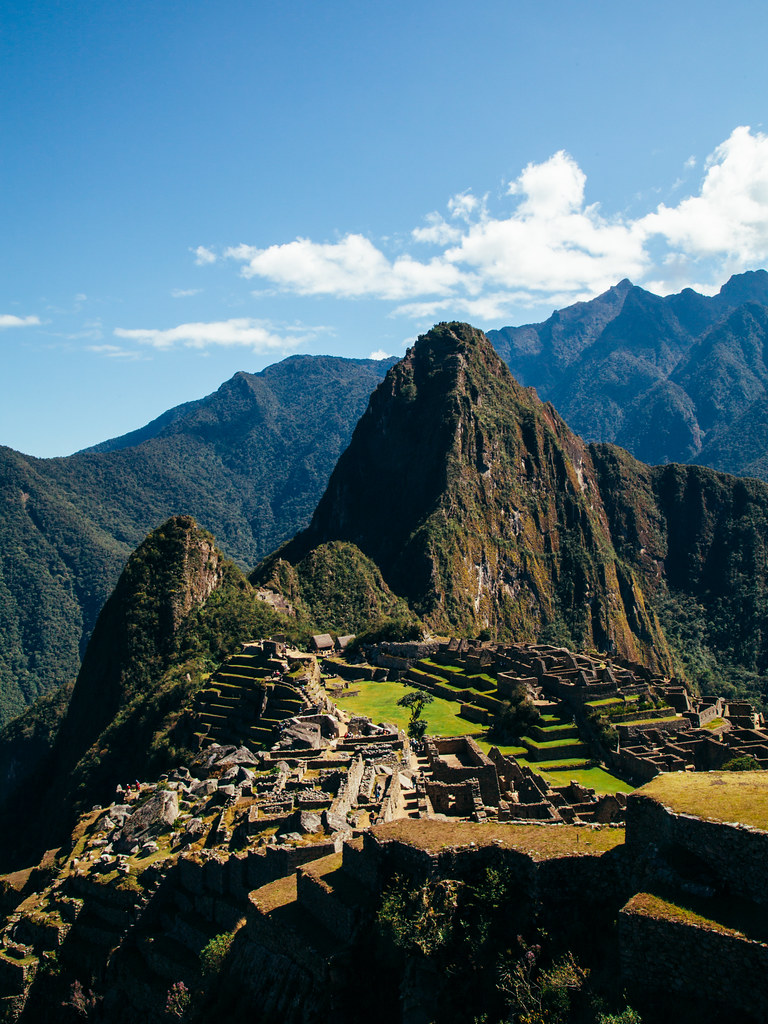
I've put off writing this post for weeks. Months. Because, for the life of me, I can't remember the stories I wanted to share from our time on the Salkantay trail; the ones I thought, if documented and sewn together properly, would make for an entertaining (and lighthearted) narrative about our time in the Andes. But because the last thing I wanted to do was journal on my iPhone for an hour each night of the trek, I convinced myself that if I spent just a few moments taking detailed notes at the end of each day, everything would rush back to me when we got home. But it didn't. Because once we got back we were barely unpacked before taking off for India. And once we got home from India, I spent the next two months trying to digest everything that happened there while also tending to a husband who developed a pretty gnarly case of dengue fever.
But I digress.
Even if I had gotten a chance to expand on my thoughts during a time when they were still at the forefront of my memory, I'd likely still be here today, admitting this: I had no idea what the hell we were getting ourselves into with the Salkantay trek. We're seasoned hikers (thanks to our proximity to the Rockies), so I just kind of assumed we'd be good to go because walking through the mountains.. how hard could that be? But when that big black van unloaded us and all our shit at the trailhead - and I realized other humans (and horses) would be schlepping the aforementioned shit through the mountains - I lost it. Like, lost it-lost it.
Within a few seconds I was hyperventilating. A few seconds after that, sobbing uncontrollably. Eventually I found myself far removed from everyone else (Thom included), pretending to be intimately photographing a couple of horses so I didn't have to explain why my cheeks were tearstained or why my face was as red as that reindeer's nose everyone sings about during the month of December. Eventually I caught my breath, wiped the tears from my face, and attempted to gather my composure because the reality was this: THERE'S NO TURNING BACK NOW, SISTER. Though, for a good portion of the trek, I found myself wishing I had. Don't get me wrong, the hike was ecologically diverse and stunning in a way that often left my mouth agape - but it also came with a very, very unexpected crash course in Privilege 101. A crash course I didn't necessarily want to experience for five days straight. On our honeymoon.
So this is where I stress the importance of finding a tour company that pays their workers - their guides and porters and cooks - a living wage; a company that is committed to bettering the lives of the people who are responsible for making their business go 'round. Unfortunately, as the hiker, it means you're not going to be able to go on the $400 trek. But that's ok because I'd venture to say that another human's quality of life is far more important than you saving a few hundred bucks to go on a hike where you don't have to do a damn thing aside from ensure your body gets from point A to point B. Right?
Right.
Almost one year later, I still can't shake that feeling. The one I felt when we first arrived at the trailhead. The one I felt all those nights in the tent. The one I felt when I woke up to our cook, Esteban, greeting me with a toothy grin, a warm washcloth, and coffee. And the one I feel every morning I get out of bed. That feeling, it hovers and it haunts. And it continually reminds me - on a daily basis - how immensely lucky I am to have grown up in a bubble where the roads are paved with yellow bricks and opportunity lingers around what seems like every goddamn corner.
That feeling, it may be the souvenir I never wanted.. but it's one I'm going to fight like hell to hold onto, as long as I live.
TRAVEL NOTES
- We went during the month of September and hiking conditions were perfect (though we did get caught in a short thunderstorm, so make sure you pack a poncho) (packing list is at the bottom of the post).
- You get what you pay for: a good trek will cost $750+ per person (ours was $950 per person). We went with Exploreandes (a certified sustainable tour operator) but heard good things about Chaska Tours, too.
- Tip your crew! We wound up overtipping (because our guide was an asshat) but the general rule of thumb is 50-75 soles per porter (we had two), 100+ soles for the cook, and 50-150 soles for the guide (this is not per trekker, it's total from the group).
- Do not skip the opportunity to visit the hot springs. In fact, if you're thinking about doing the Inca trail, you should consider the Salkantay for no reason other than the fact that you get to spend a few hours soaking in a giant tub of warm water.. at sunset.
More from our South American honeymoon: Lomas de Arena Regional Park, La Paz, Bolivia, Salar de Uyuni, Lake Titicaca, and Cusco, Peru.
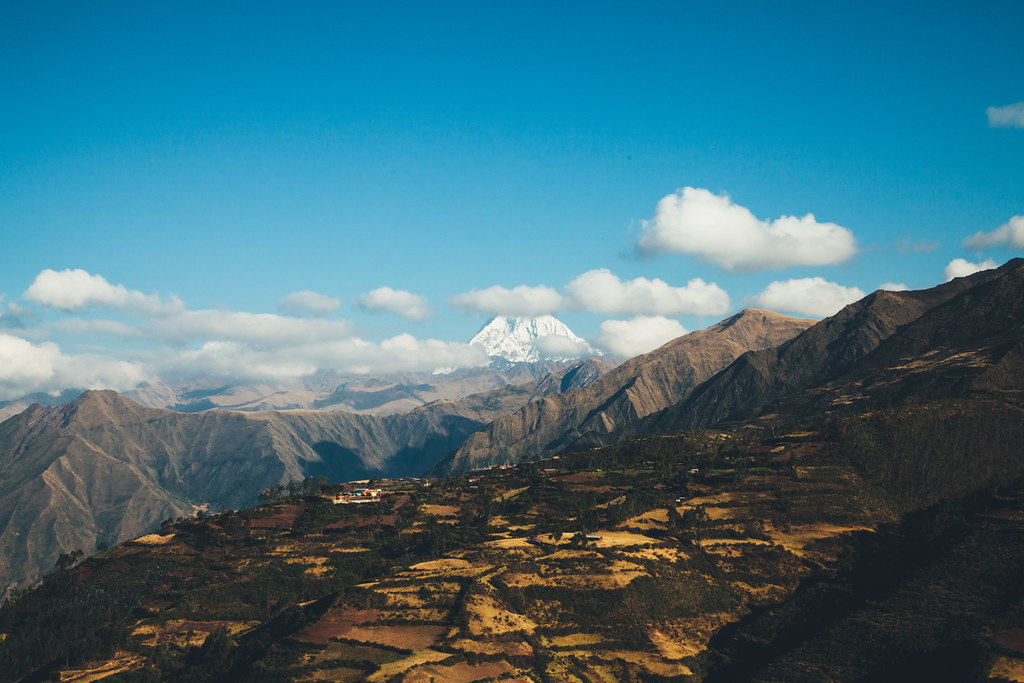


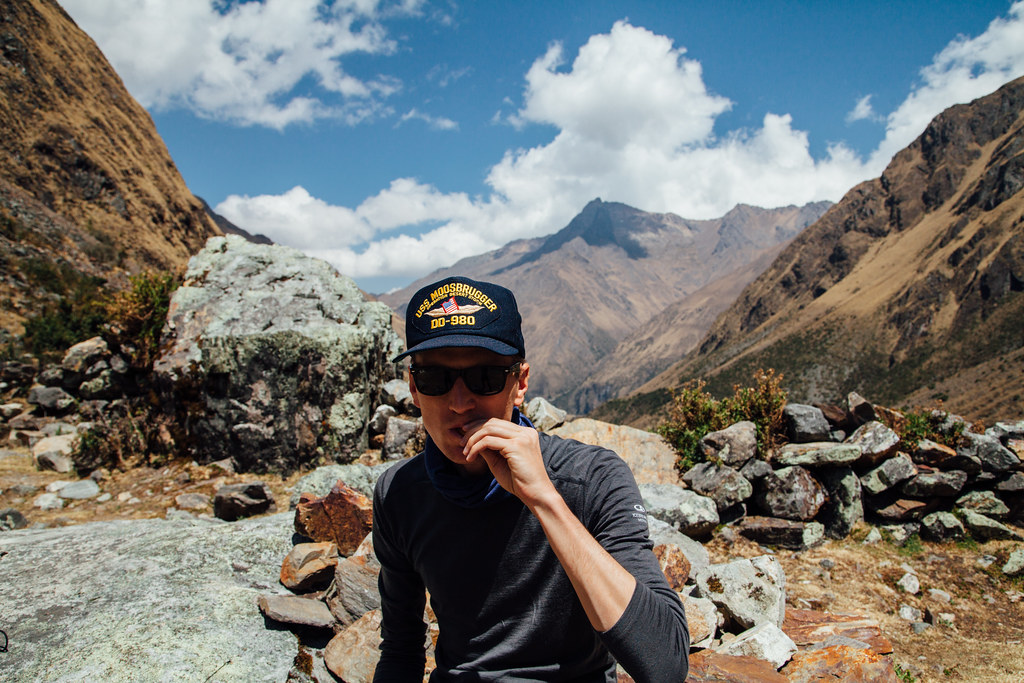
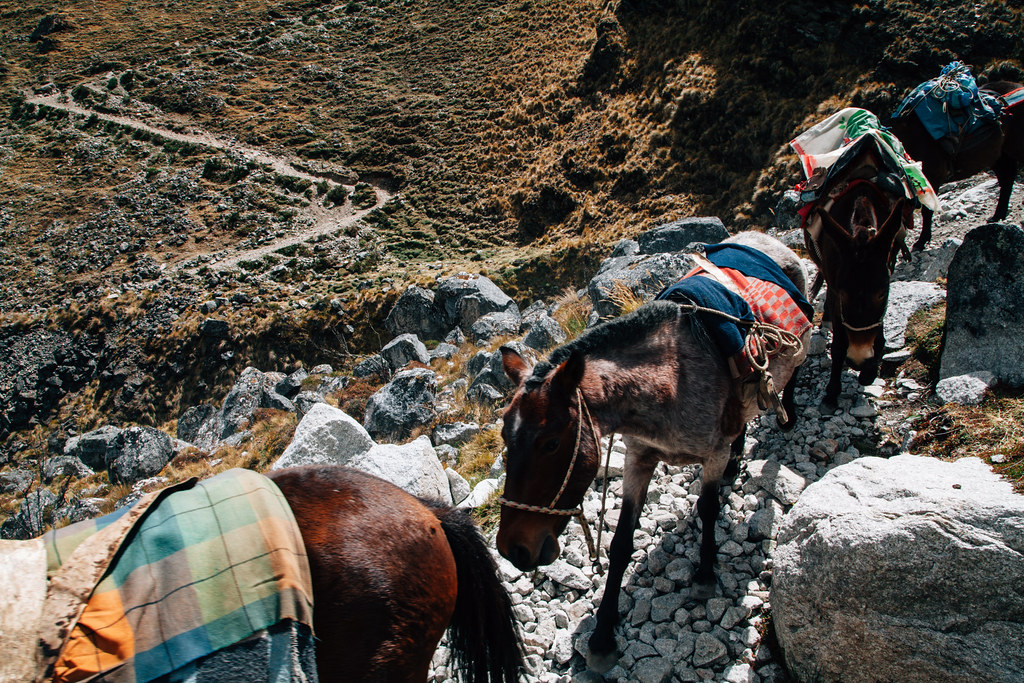
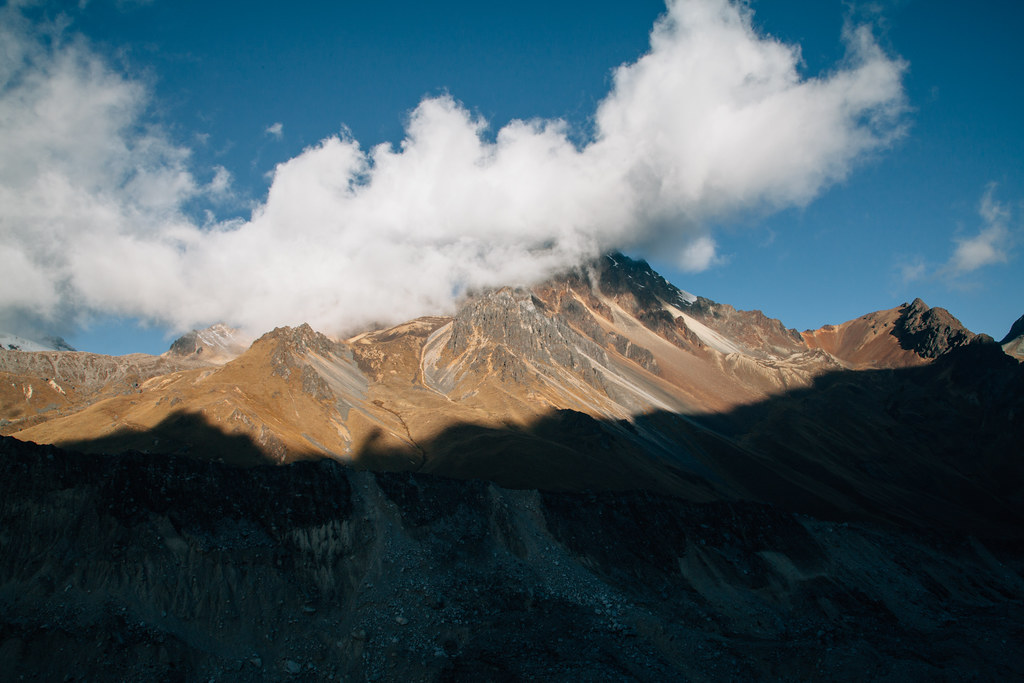
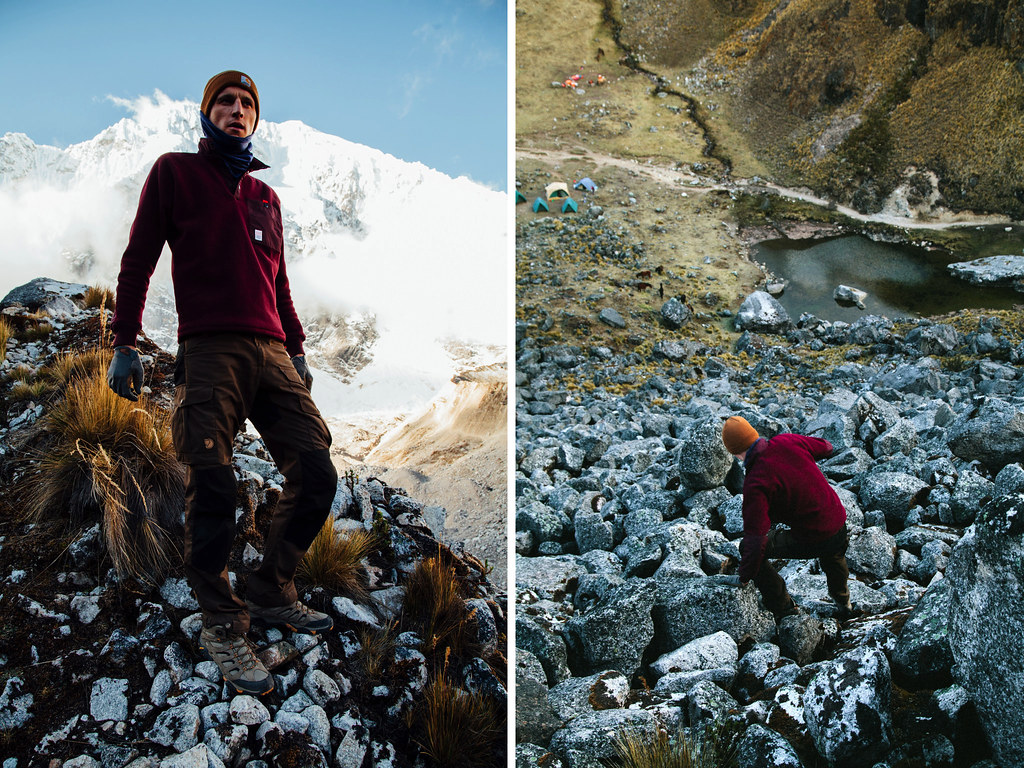

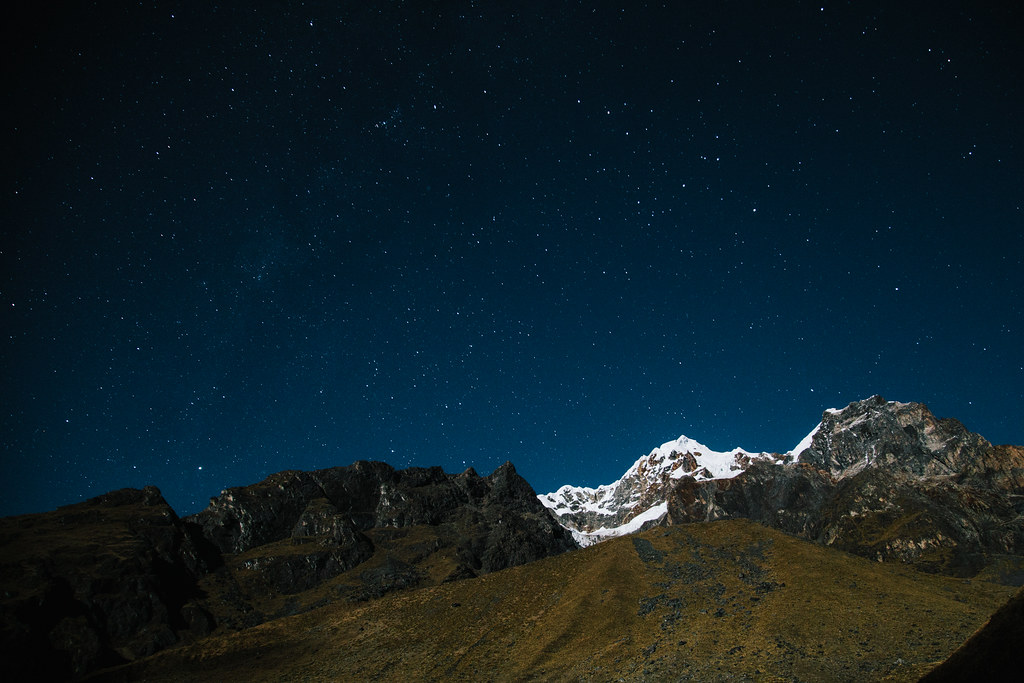
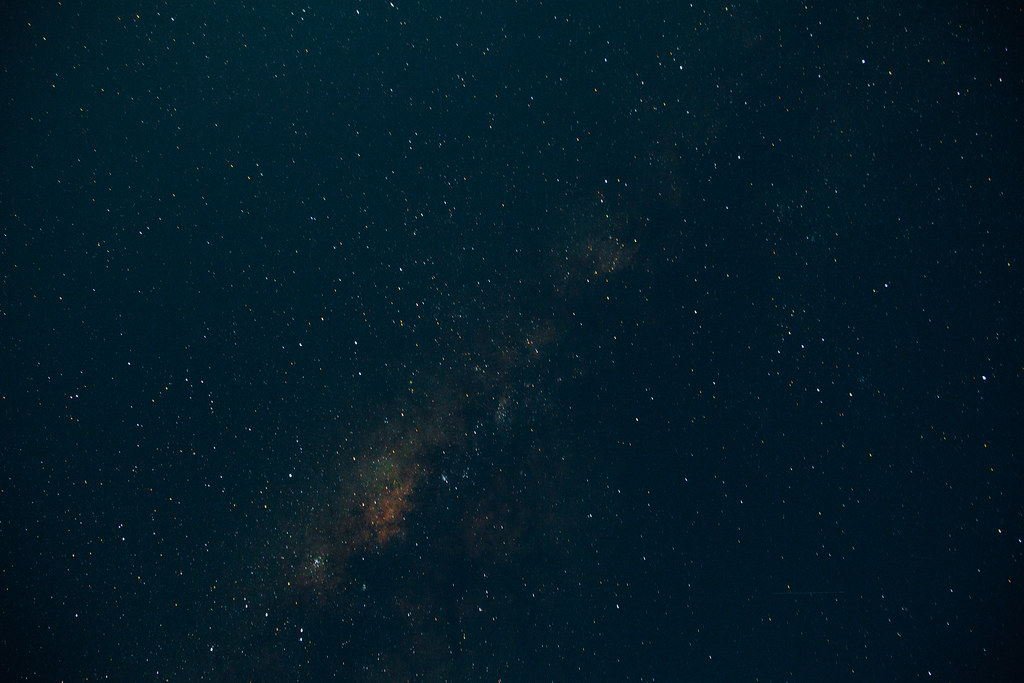
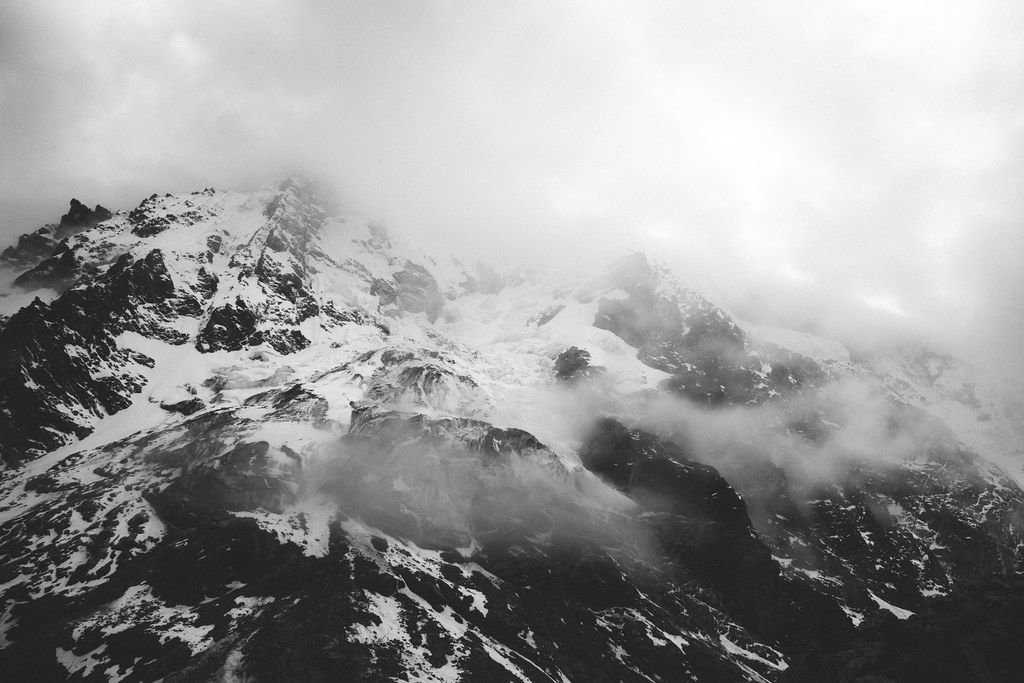


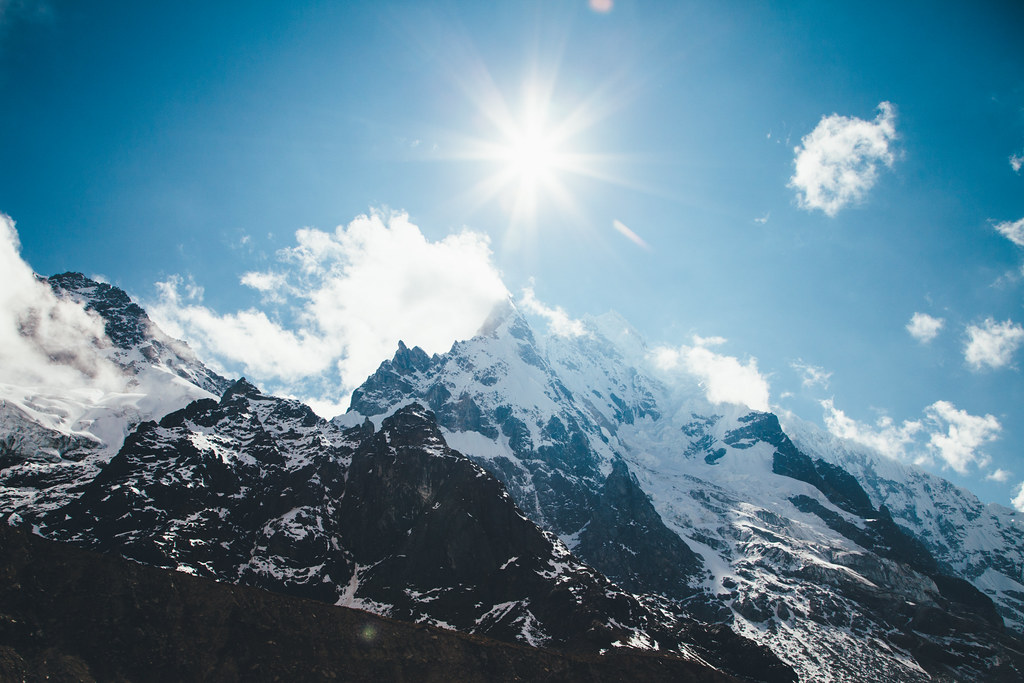

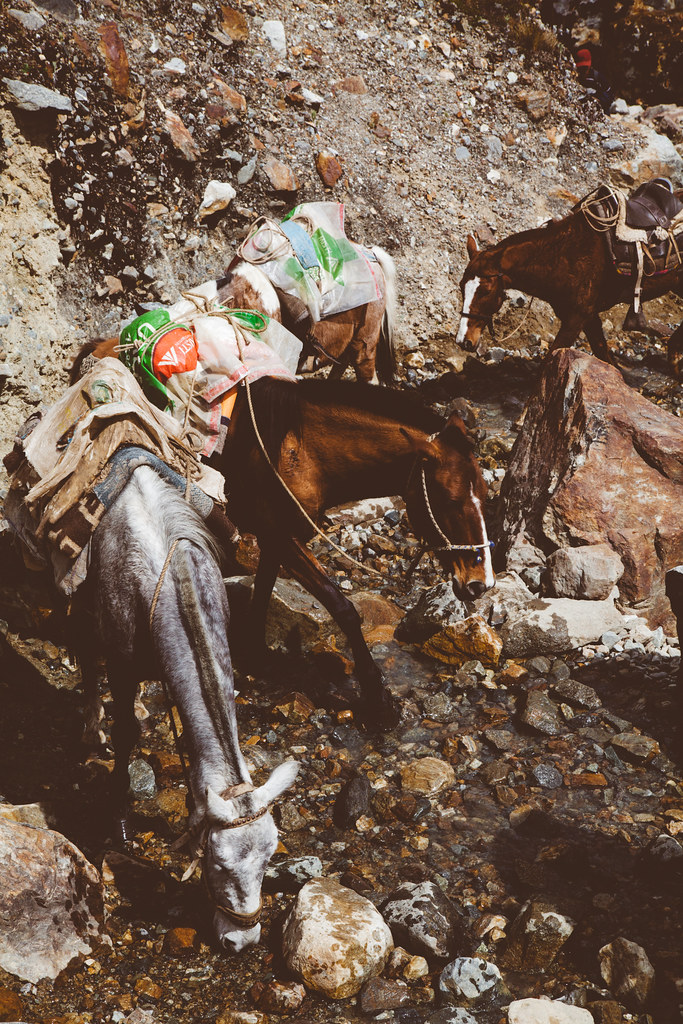
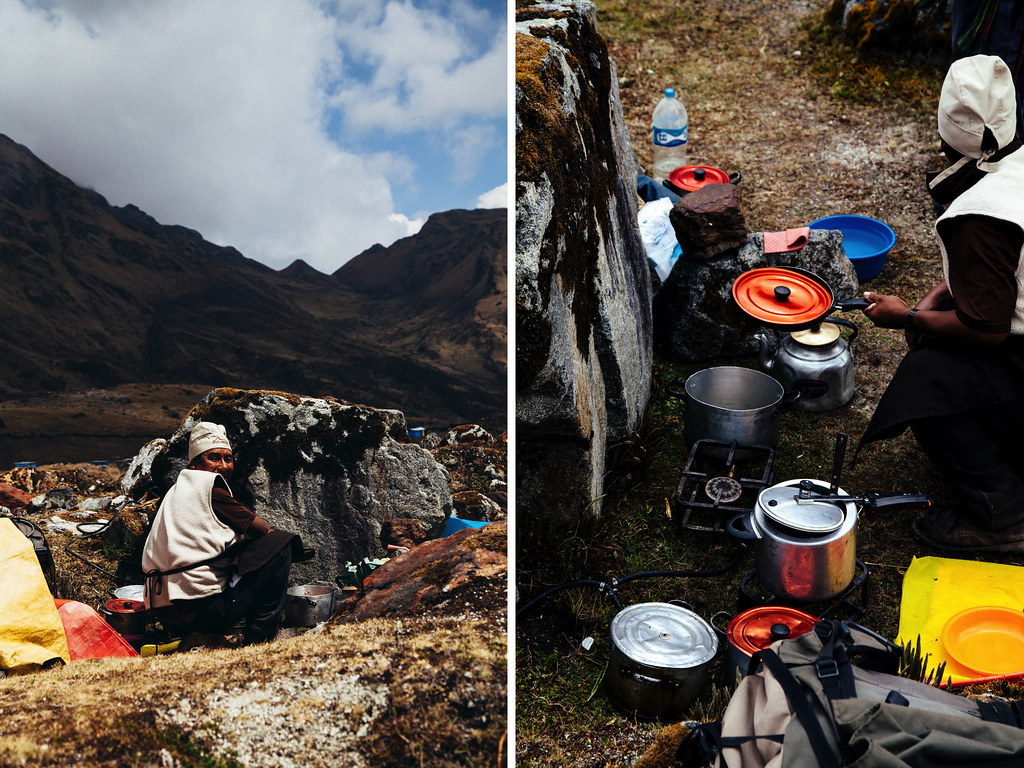

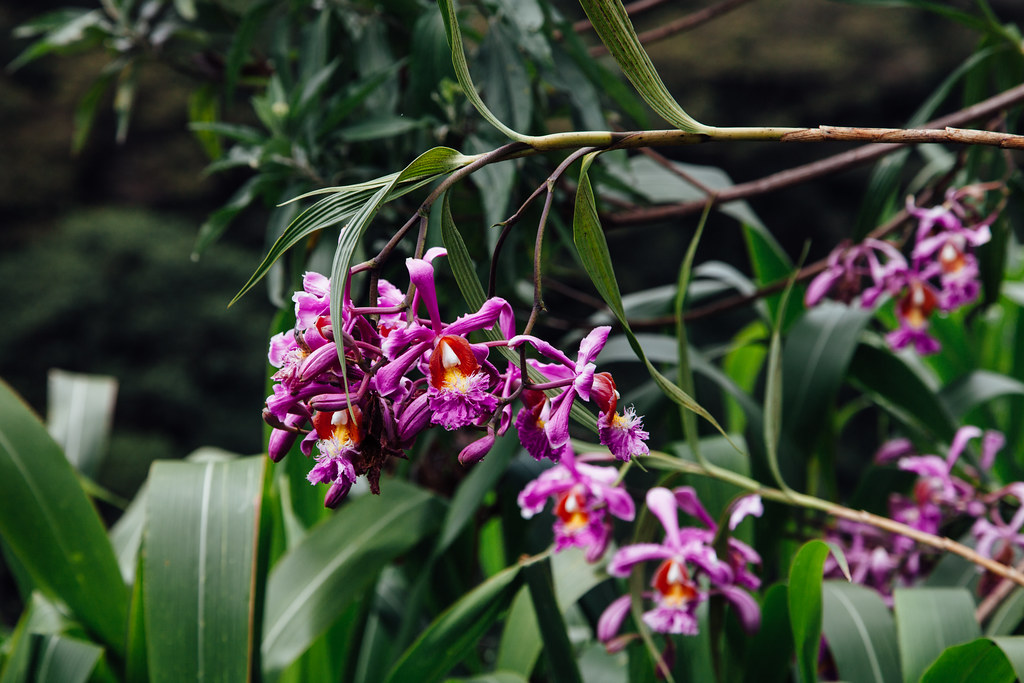
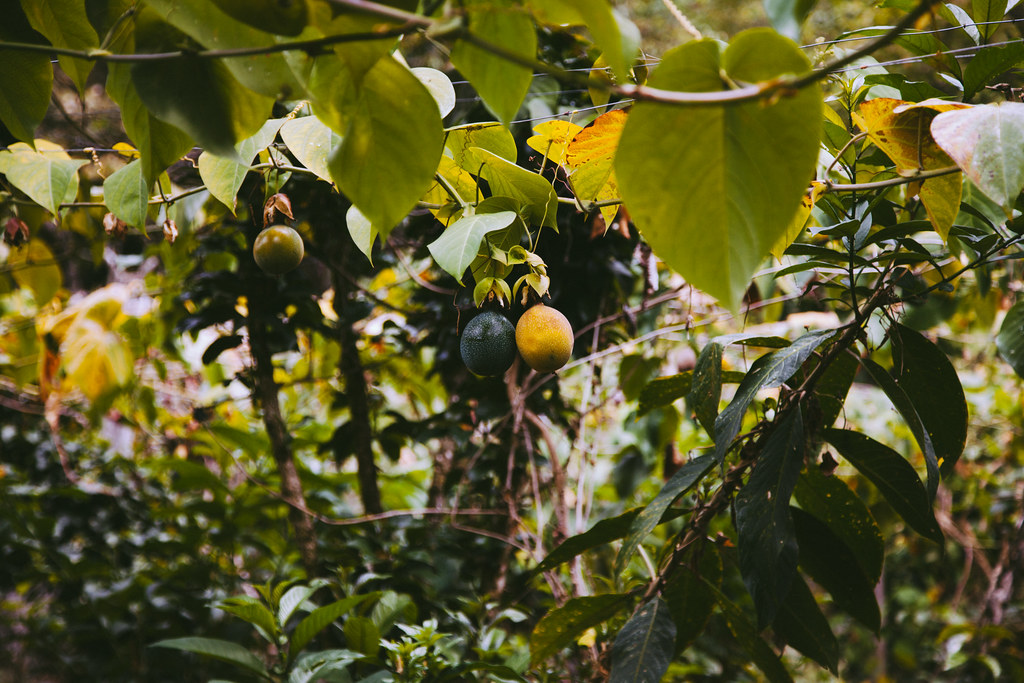
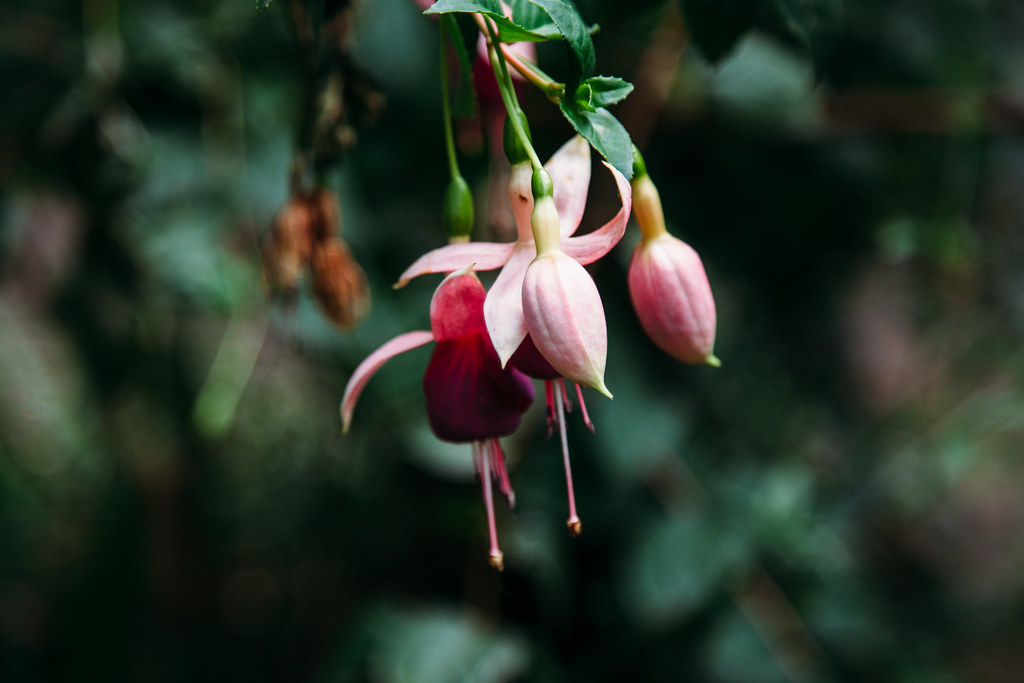
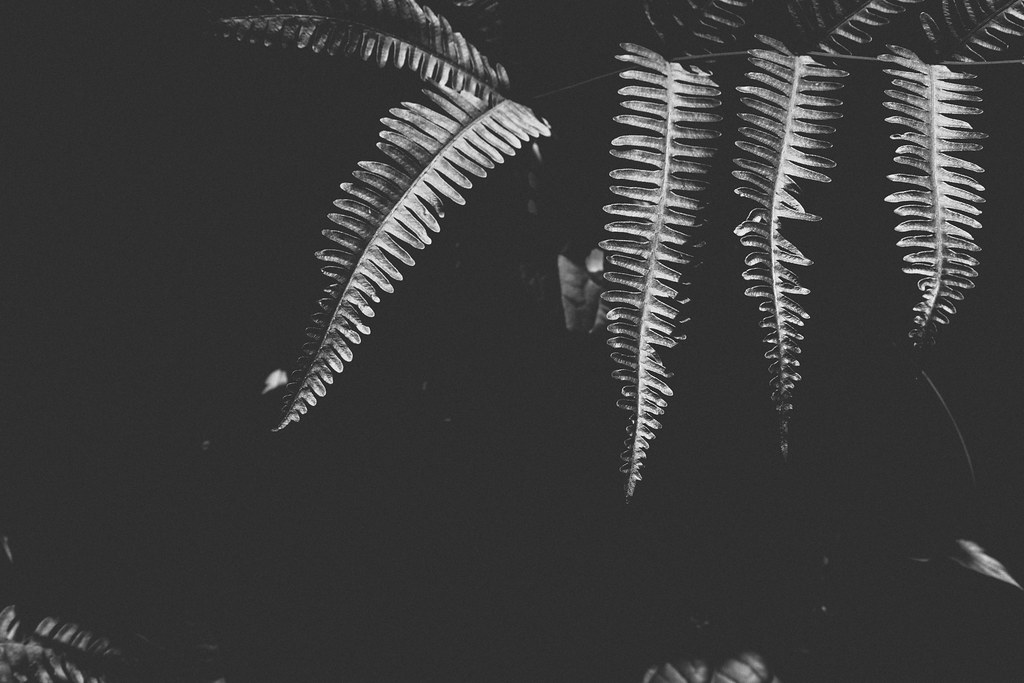
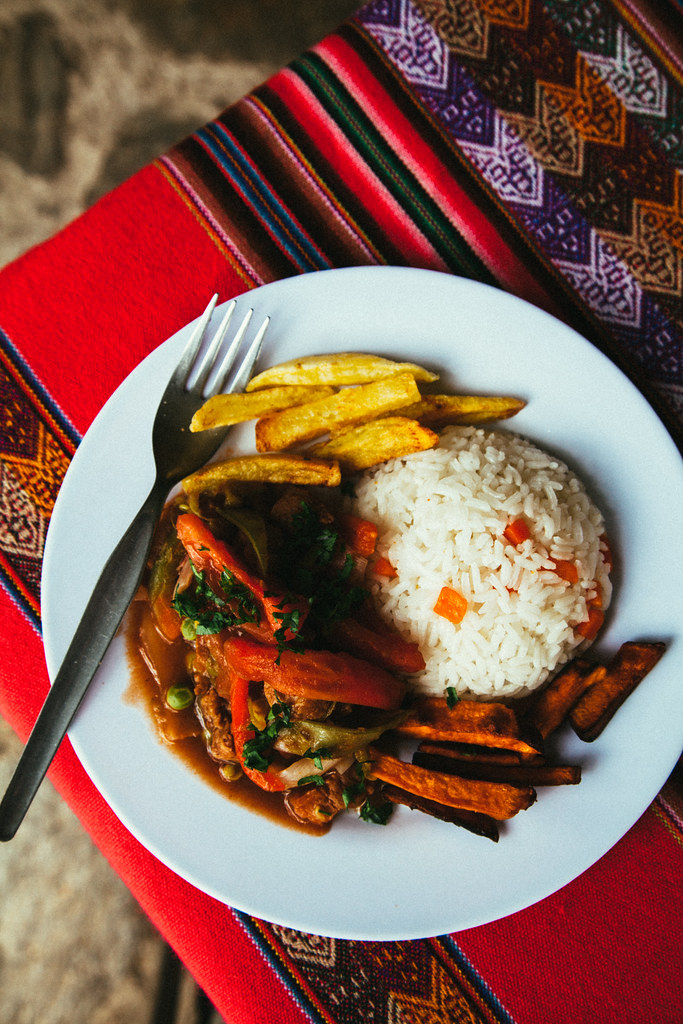
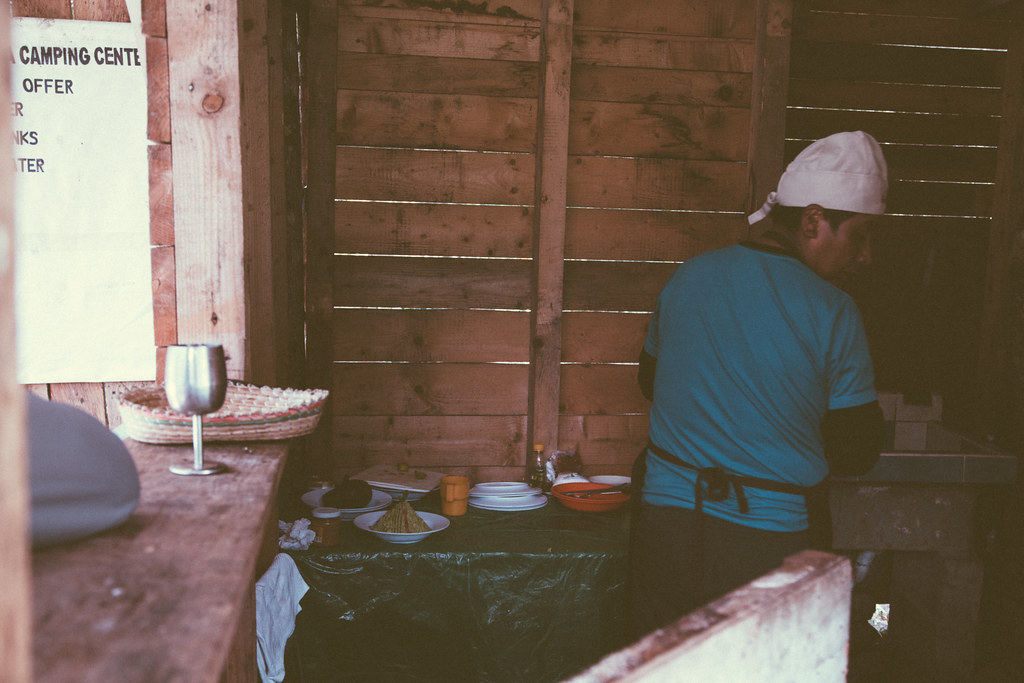
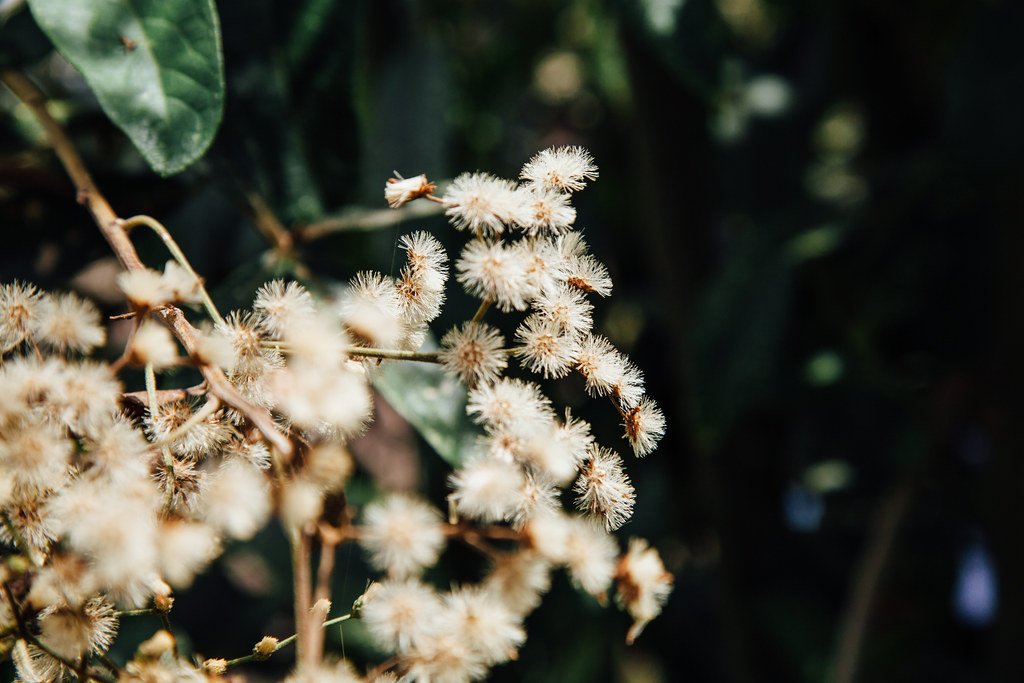
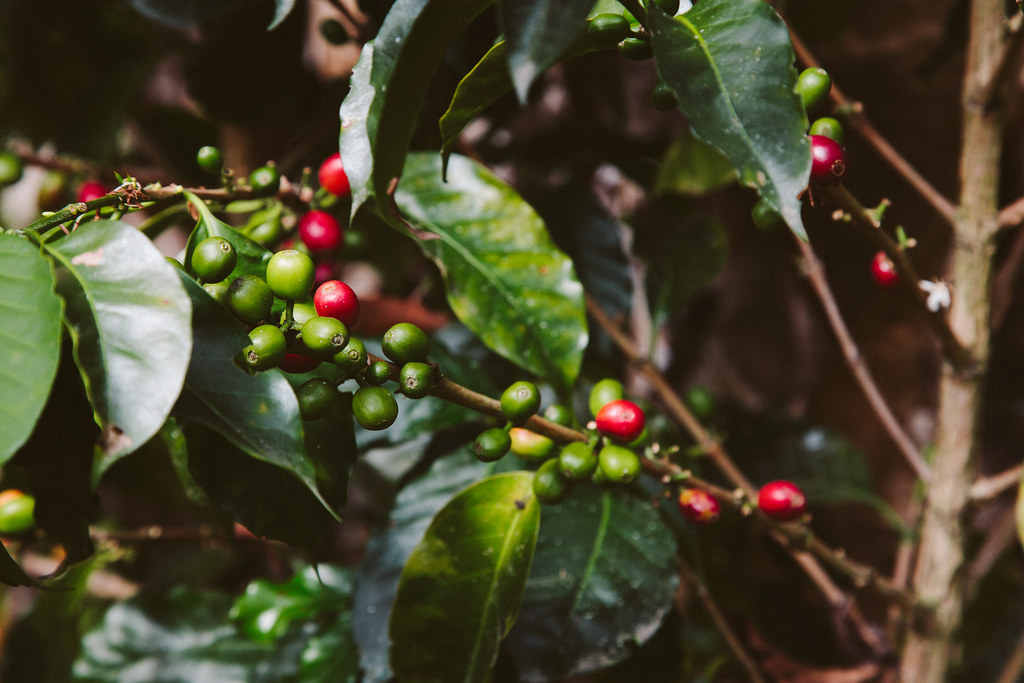
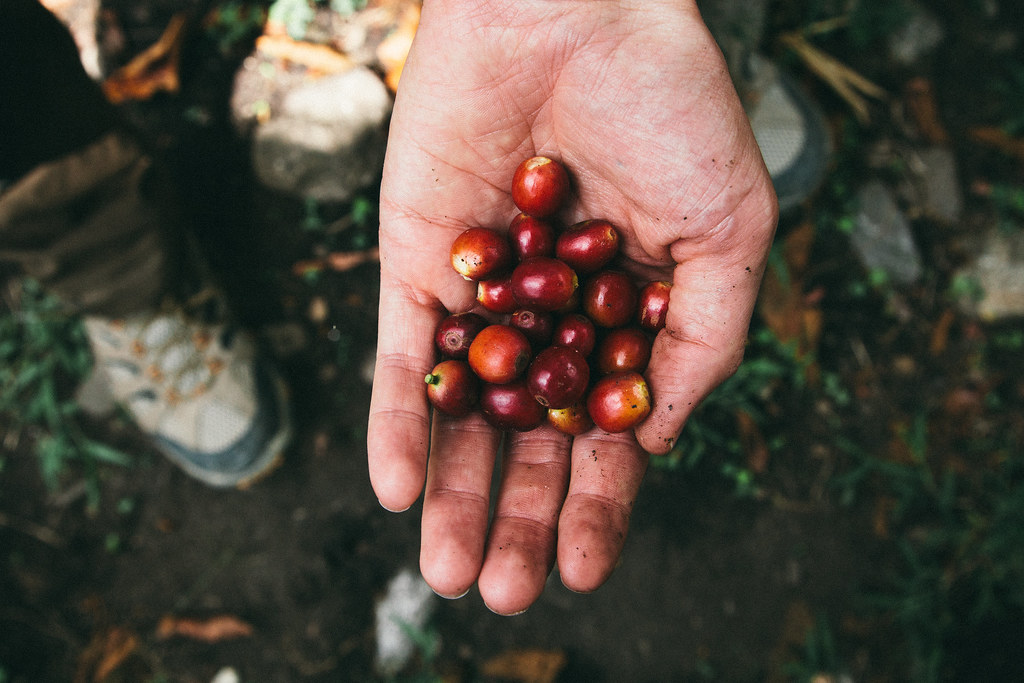

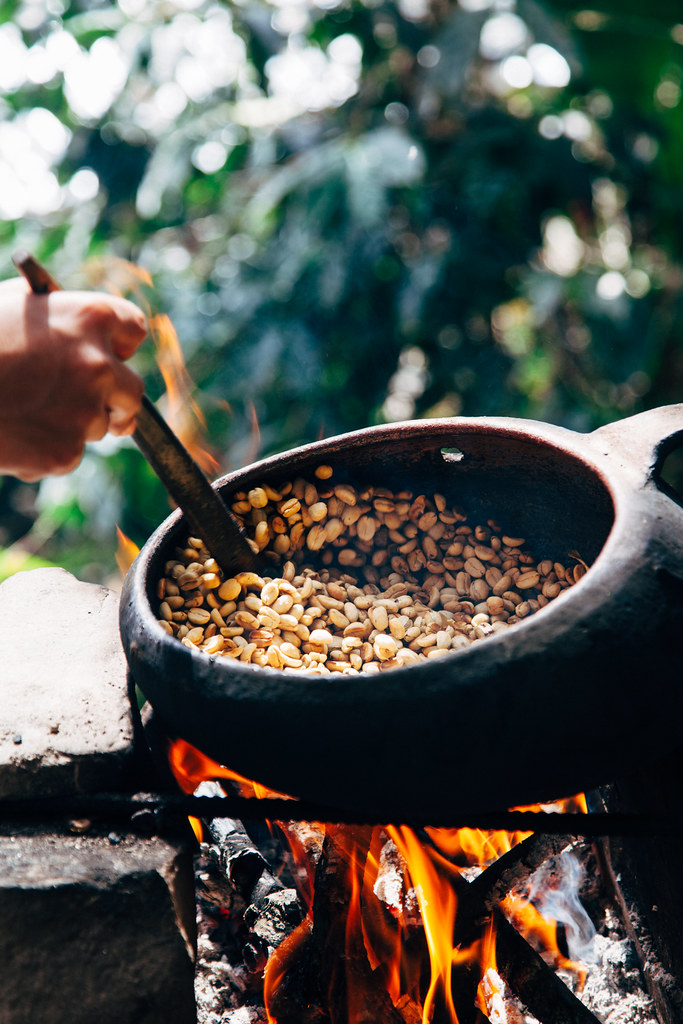
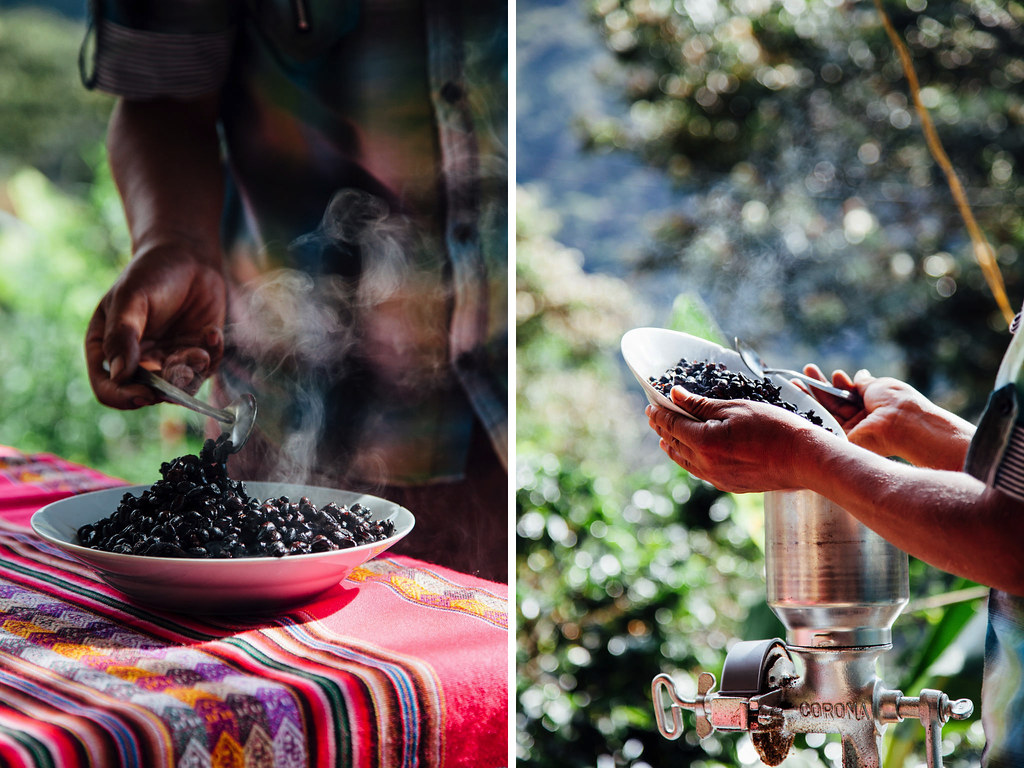
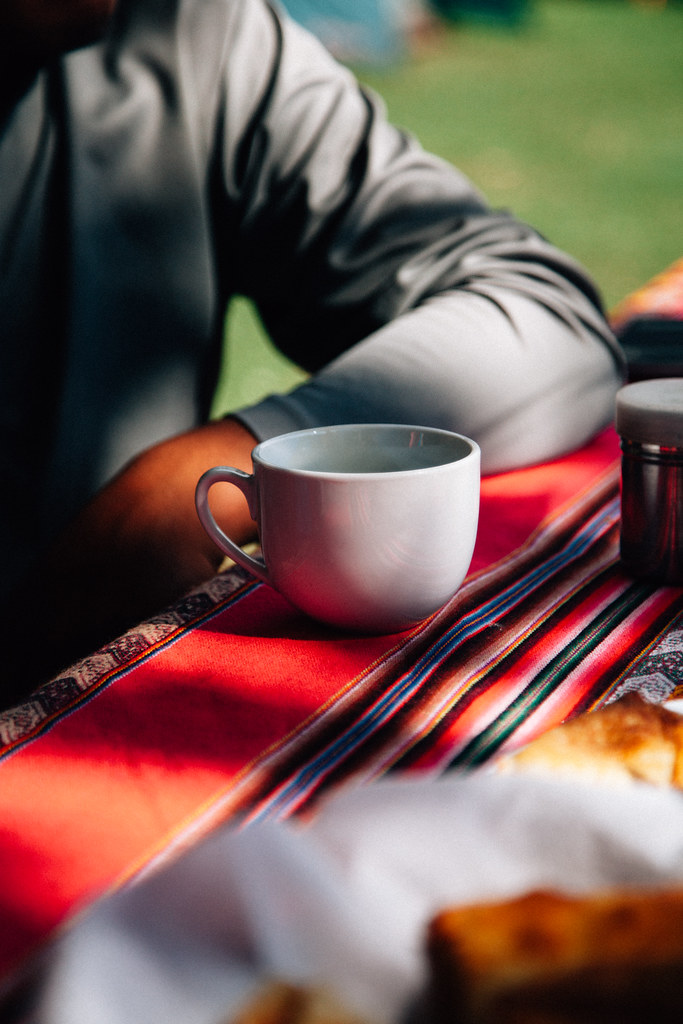



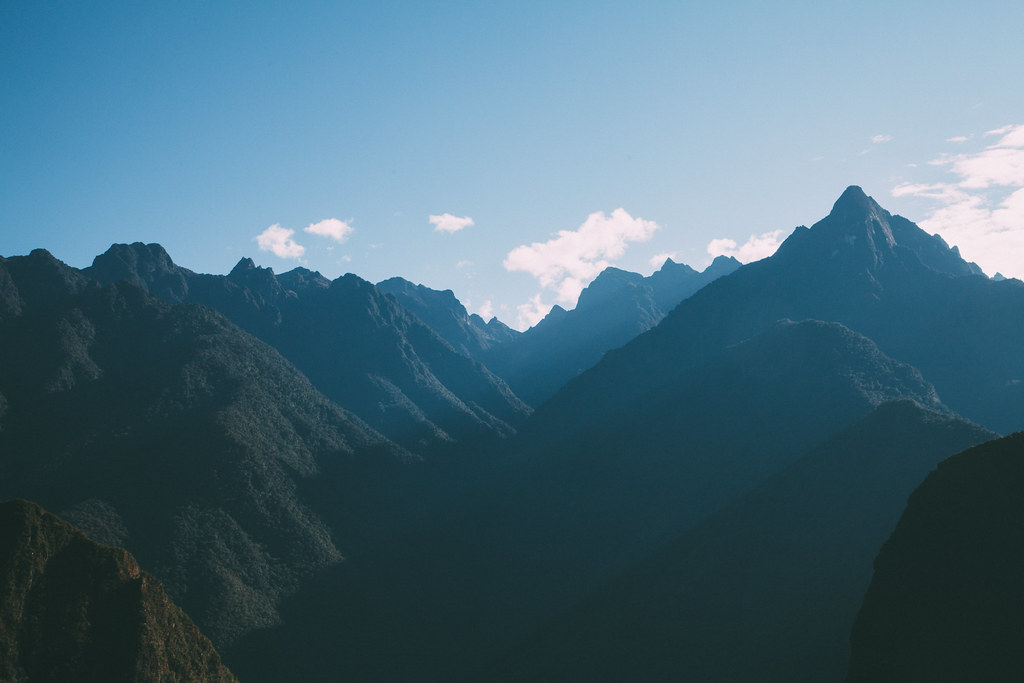
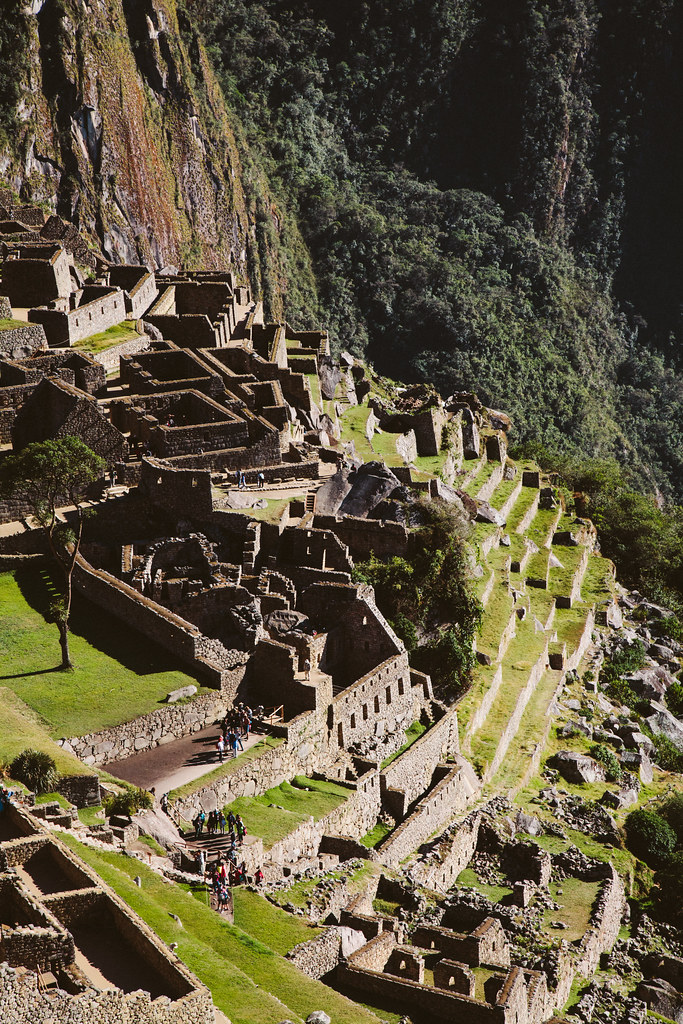
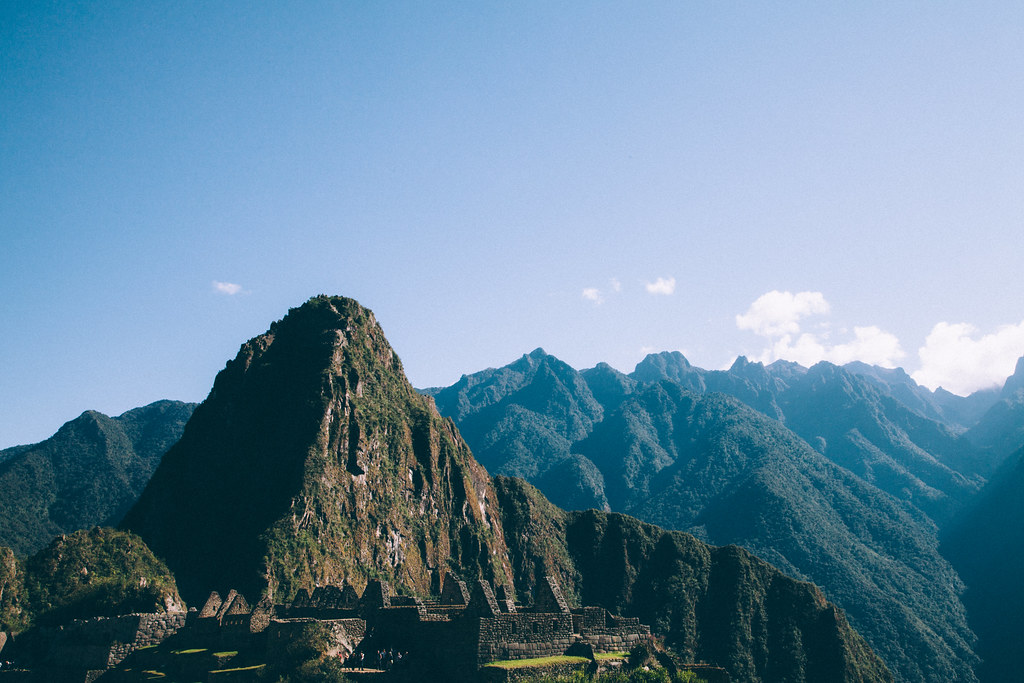
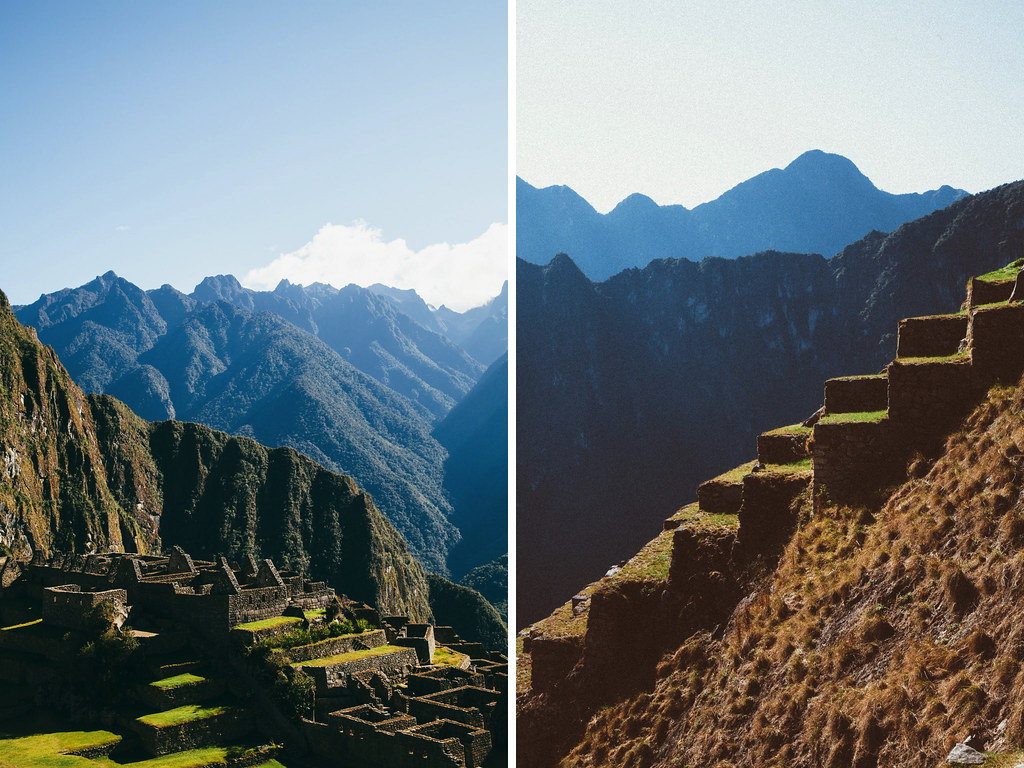

WHAT TO EXPECT
There's no denying that the trek itself is physically demanding and pretty damn tough. Not climb a 14er-tough but tough in that you're adjusting to a new altitude and eating new things and hiking for hours on end, each day. I was pretty damn fit going into the hike, but it still managed to beat the hell out of me. So in the event you're thinking about trekking the Salkantay to the ancient city, here's what you can expect:
DAY 1
Departed from Cusco just before 6AM and stopped in Mollepata for a quick breakfast. Hiked 3-4 hours uphill then set up camp at the base of the Salkantay (15k feet). Temperatures dropped to well below zero; slept in multiple layers, with hats and gloves.
DAY 2
Woke up super early (4AM early) and climbed two hours uphill to the lagoon. Took a 30 minute break then hiked downhill and stopped for a long lunch. There was an opportunity to rinse off in a stream (though no one took it, aside from Thom). After lunch, we continued hiking for 3-4 more hours before arriving at camp for the night. Thom got eaten alive. I remained bite free (A+ blood, FTW).
DAY 3
Woke up before sunrise for a hella steep, ~7 hour downhill hike. It was, undoubtedly, the toughest of all the hikes (Thom agrees). We arrived at camp shortly after noon and relaxed on a coffee plantation. We picked beans, roasted other beans, drank the freshest coffee I've ever tasted, learned about the importance of using good quality beans and pure water, etc. We headed to the Santa Teresa hot springs later that day (the springs were the main reason Thom chose the Salkantay) and, this time around, my A+ blood failed to keep the biters away.
DAY 4
Started the day with an early-morning hike and a pretty steep uphill climb, caught our breath at Llacatapata, then continued hiking 3-4 hours downhill to arrive in Augas Calientes. We splurged on a nice hotel (you should, too) but most people opt for hostels as you're really only there to sleep. We went for dinner at Indio Feliz and it was incredible.
DAY 5
MACHU PICCHU.
Before leaving, we had a decision to make: climb an hour's worth of stairs to get to the ancient city or take a bus. We opted for the bus because we had just spent four days hiking and we wanted to save our legs for exploring Machu Picchu. It turned out to be a good decision because once we started wandering, I realized how exhausted I was. If I had climbed up, they would have had to carry me out on a stretcher - and I am not exaggerating in the slightest. We came back around noon and went straight to La Boulangerie de Paris for bread and pastries, then had a farewell lunch and headed back to Cusco.
PACKING LIST
At the risk of sounding like a gear elitist, the quality of your gear will have an impact on how comfortable you are during any trek. We especially love Fjallraven, Topo, Patagonia, Icebreaker, Smartwool, and Keen given that they make products that are strong and durable.
Footwear: Hiking boots, runners, and flip flops (you'll want them for wearing around camp)
Outerwear: Nano puff jacket, fleece jacket, beanie, all-season gloves, and a merino wool buff
Pants: Keb trousers, nikka trousers, and crop pants
Shirts: Moisture-wicking long sleeve crew, moisture-wicking hoodie, and tank tops (x2)
Undergarments: Oasis long sleeve crew (x2), Oasis leggings (x2), underthings, and wool socks (x6)
Bags: 55L technical pack, Kanken Big, packing cubes, dry bags, and camera insert (if your tour company doesn't provide sleeping bags, you'll need one of those, too)
Etc: Swim suit, toothbrush, toothpaste, facial cleansing pads, wilderness wipes, tissues, hydration system, SPF 45 sunscreen, natural insect repellent, and chemical insect repellentFood: Instant coffee (Starbucks VIA Italian roast is my favorite), nut butter packs, dried fruit, and a random assortment of energy bars
Camera: Canon Mark II + 24-105mm f/4 lens + A clean outfit for exploring Machu Picchu
*Thom pretty much brought the same gear (but a Tortuga pack instead of the technical pack)
